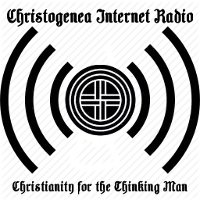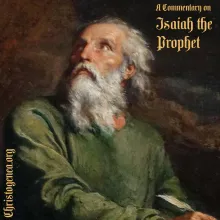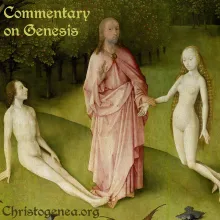Book of Acts Chapter 7
Book of Acts Chapter 7 - 06-28-2013
As it is recorded in Acts chapter 7, before his stoning the martyr Stephen offered an apology (which is a defense) of his Christian beliefs, where he attempts to demonstrate to the council and to the people thata the hope of Israel rests upon the promises to Abraham, Isaac and Jacob, which were perpetuated and transmitted through Moses to Israel, and which had nothing to do with the temple or the works of the hands of men, and everything to do with kinship, brotherhood, and the counsel of God which men have perpetually rejected. Since the authority of the high priests was connected to the institution of the temple, and the allegiance of the people had long been to the institution of the temple, rather than to the Word of God, Stephen was slain for his profession of the Christian message which was unpopular with these traditionalists of the time, and which was hated most of all by the Canaanite-Edomite aliens among the chief people of the city. In the last segment of this series, we began our presentation of Stephen's apology by discussing certain of the events of the Scriptures which he cites from a historical viewpoint. Among other things, we discussed the dating of the Exodus and the reckoning of the years of Israel's captivity in Egypt. Here we will continue our discussion from where we left off last week, at Acts 7:23, and the call of Moses is still Stephen's topic:





 Please click here for our mailing list sign-up page.
Please click here for our mailing list sign-up page.







